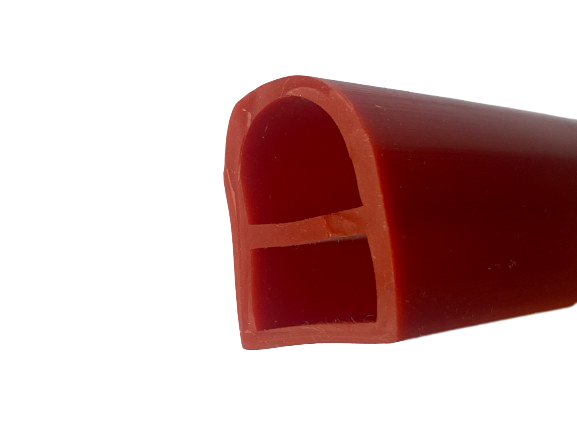Каст . 21, 2024 06:49 Back to list
Effective Home Sealing Strip Solutions for Energy Efficiency and Comfort
Understanding Home Sealing Strip Products An Essential Guide for Energy Efficiency
In today's world, where energy conservation and efficiency have become paramount, home sealing strip products have emerged as an essential tool for homeowners looking to enhance their living spaces. These products, which come in various types and materials, serve a crucial function in maintaining indoor comfort while reducing energy costs. In this article, we will explore the importance of home sealing strips, their types, and installation tips to help you make informed decisions.
The Importance of Home Sealing Strips
Home sealing strips are designed to close gaps and cracks in doors, windows, and other areas where air may leak in or out. These airflow leaks can significantly impact your home’s energy efficiency. According to the U.S. Department of Energy, air leaks can waste 20% or more of the energy used for heating and cooling. By using sealing strips, homeowners can create a more stable indoor climate, reduce energy consumption, and lower utility bills. Moreover, sealing gaps can also prevent moisture infiltration, which can lead to mold growth and damage to your home’s structure.
Types of Home Sealing Strip Products
There are several types of sealing strips available, each suited for different applications
1. Weather Stripping This type of sealing strip is typically used around doors and windows. It can be made from materials such as foam, vinyl, or metal. Weather stripping comes in various styles, including adhesive-backed, interlocking, and removable types.
2. Door Sweeps Installed at the bottom of doors, door sweeps are designed to seal the gap between the door and the floor. They can be made of rubber, bristle, or vinyl and are essential for preventing drafts and pests from entering your home.
3. Window Insulation Kits These kits usually contain plastic film that can be applied to windows, creating an insulating barrier that helps reduce heat loss. They are especially useful in older homes where windows may not fit tightly.
4. Draft Stoppers Often overlooked, draft stoppers are simple fabric tubes filled with insulating materials that can be placed at the base of doors to block cold air from entering.
home sealing strip products

5. Caulking While technically not a strip, caulk is an essential sealing material for filling gaps and cracks around windows, doors, and other stationary building components. It can be a vital complement to sealing strips.
Installation Tips for Sealing Strips
Installing sealing strips is generally a straightforward DIY project. Here are some essential tips to ensure proper installation
1. Measure Accurately Before purchasing sealing strips, measure the areas where you plan to install them. Accurate measurements prevent wastage and ensure a perfect fit.
2. Clean the Surface Dirt and dust can hinder the adhesive's effectiveness. Clean the surfaces where the sealing strips will be applied to ensure strong adhesion.
3. Follow Instructions Each type of sealing strip may have specific installation guidelines. It's essential to read and follow the manufacturer's instructions for the best results.
4. Inspect Regularly After installation, periodically check your sealing strips for wear and tear. Over time, they may become less effective and need replacement.
5. Combine Strategies For optimal results, use multiple types of sealing products in conjunction. For instance, combine weather stripping on doors and windows with caulking around stationary parts.
Conclusion
Home sealing strip products are a cost-effective solution to enhance energy efficiency, improve indoor comfort, and protect your home from environmental elements. By understanding the different types available and implementing effective installation techniques, homeowners can take significant steps toward reducing their energy consumption and achieving a more comfortable living environment. As we continue to focus on sustainability and energy savings, investing in sealing strips is a small yet impactful decision that benefits both your home and the planet.




